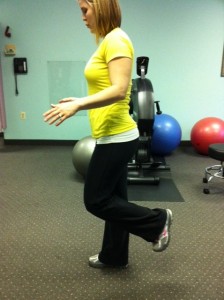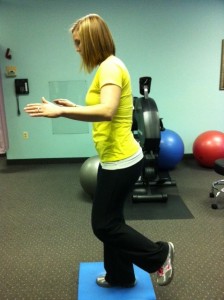LCL-This ligament is in charge of resisting a force that pushes the knee laterally (outward). The lateral collateral ligament is generally injured by a force pushing the knee from the inner side of the joint, causing stress on the outside of the knee usually from a direct blow to the knee or hyperextension of the knee.
MCL-This ligament is in charge of resisting a force that pushes the knee medially (inward). The medial collateral ligament is usually injured by landing hard, bending, twisting, or when the outside of the knee is struck.
ACL– This ligament stabilizes the knee when turning or planting the foot. The ACL can be injured in a variety of sports when you twist the knee when the foot is planted on the ground or when you are running and stop suddenly. Also injuries can occur when you land on a straight knee or get a direct blow to the knee.
PCL– This ligament prevents the femur from sliding off the front edge of the tibia. A posterior cruciate ligament injury generally occurs during sports, from falling on the knee or hitting it on the dashboard during a car accident.


